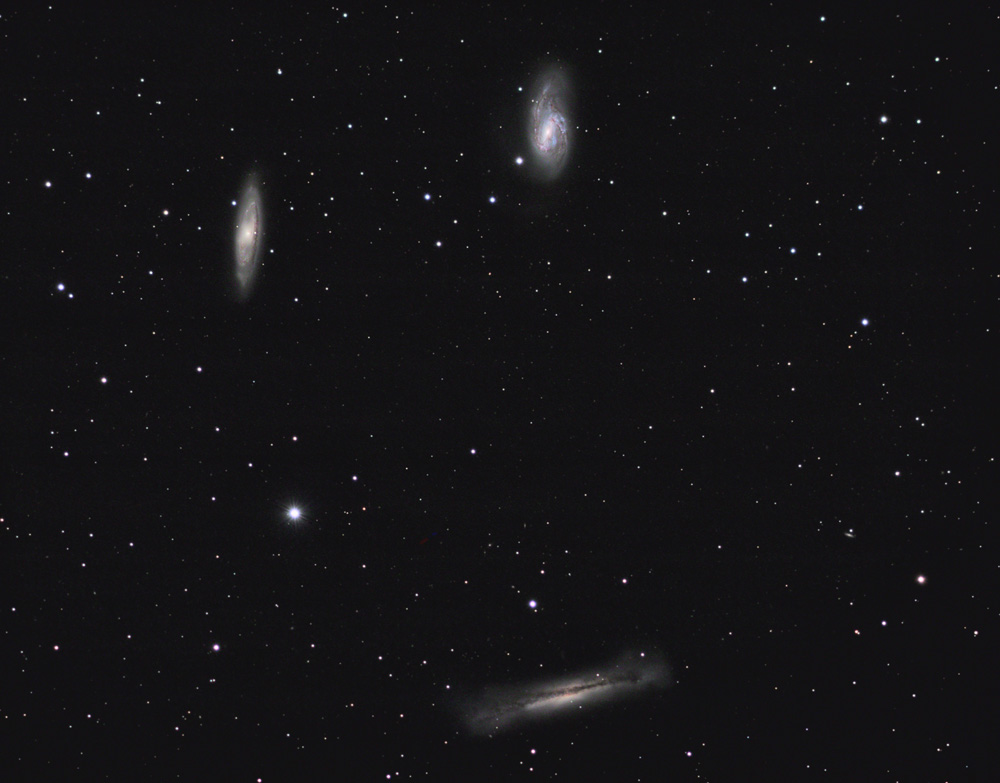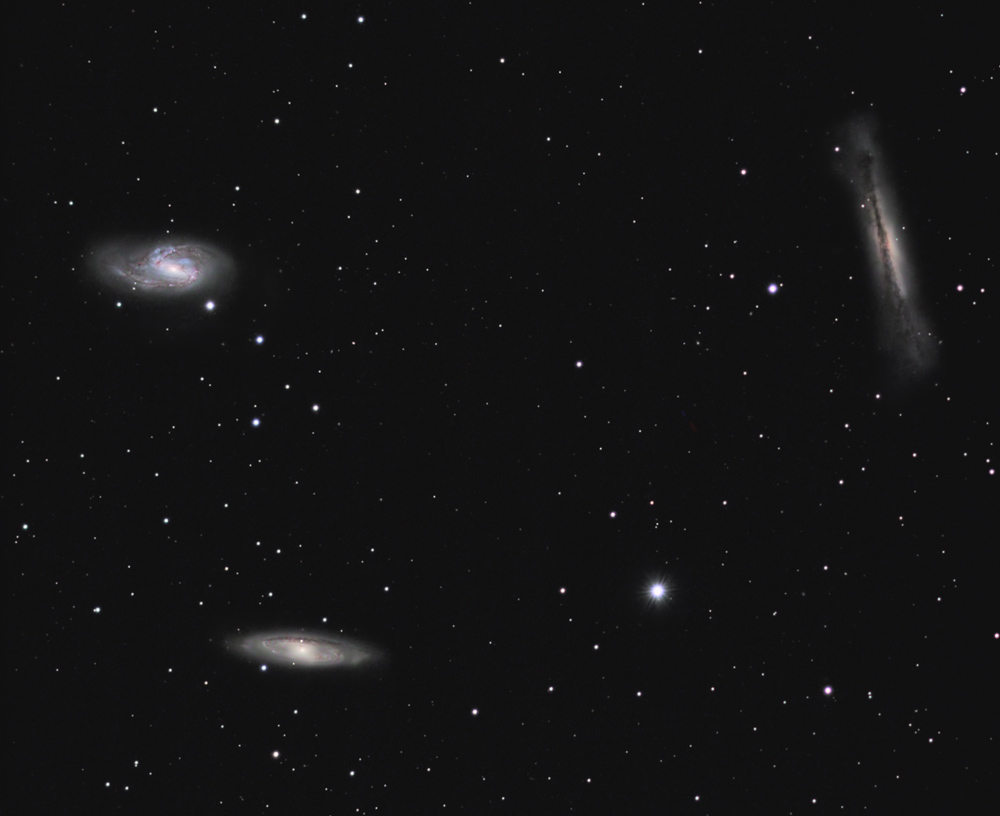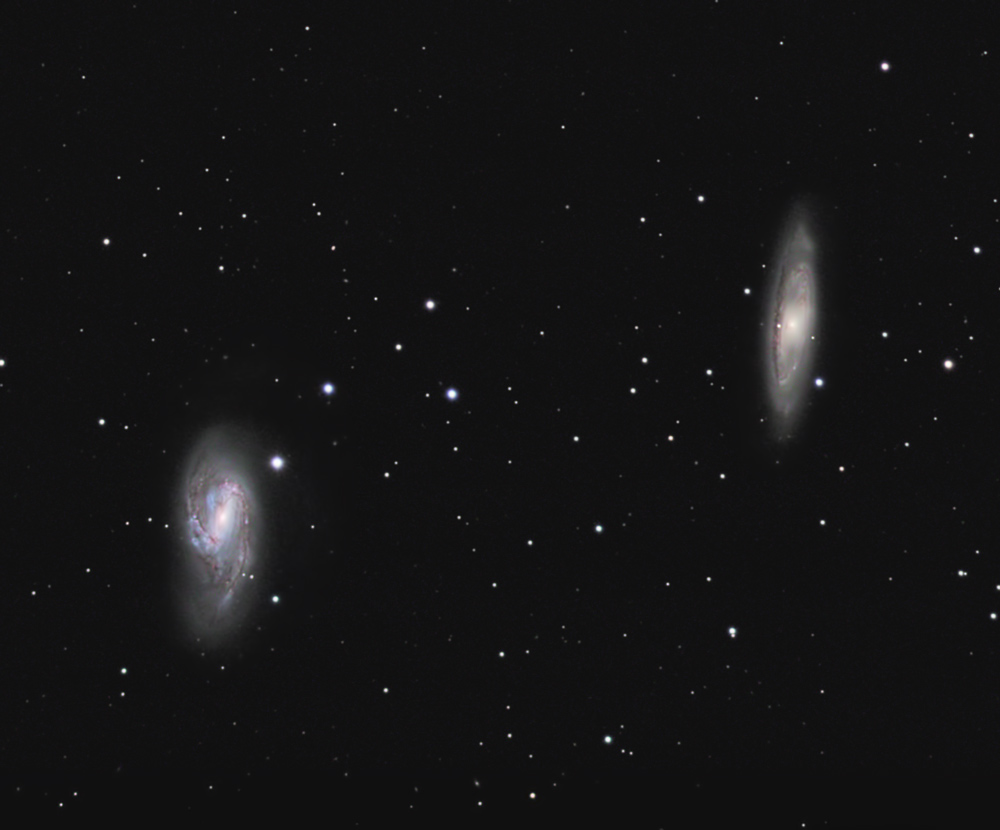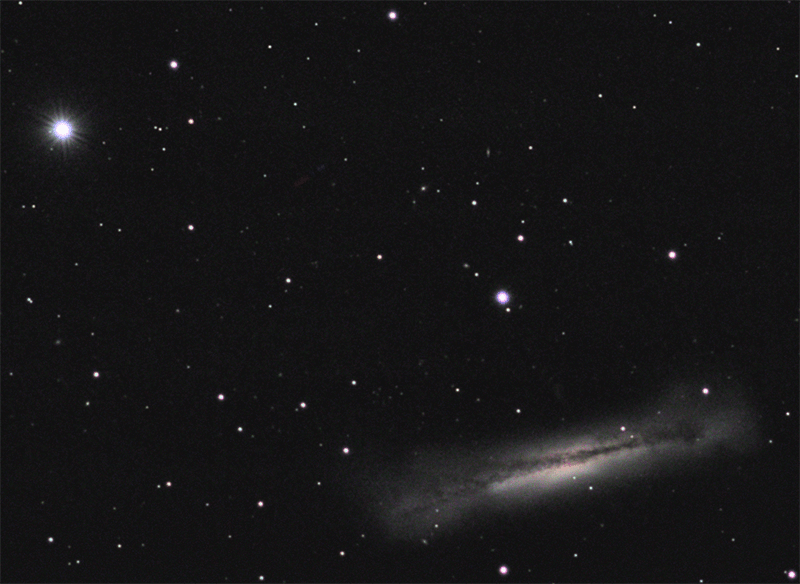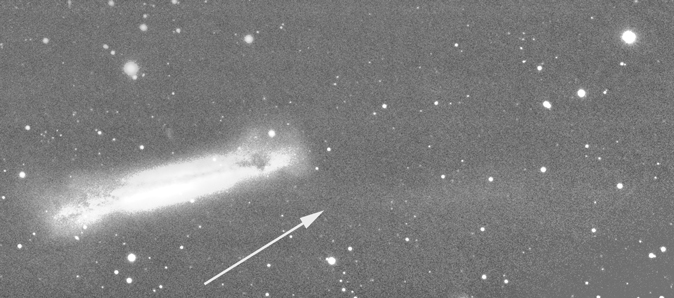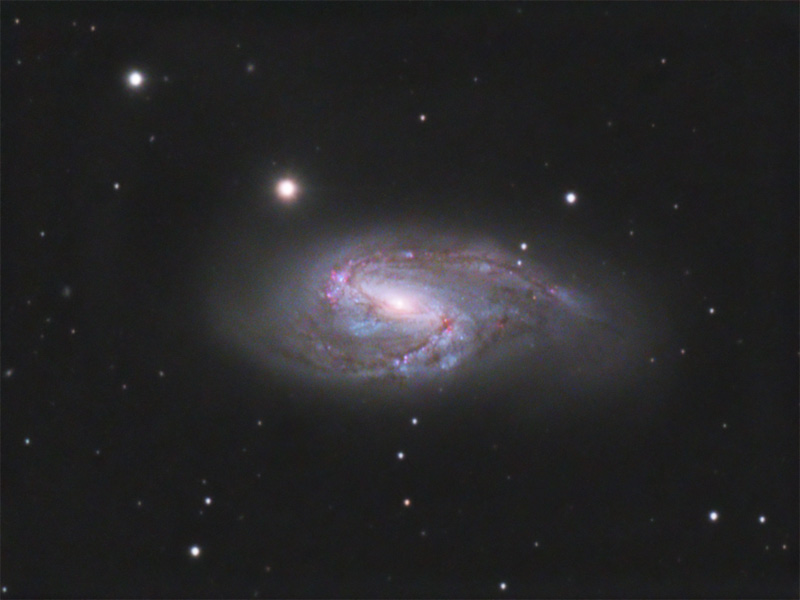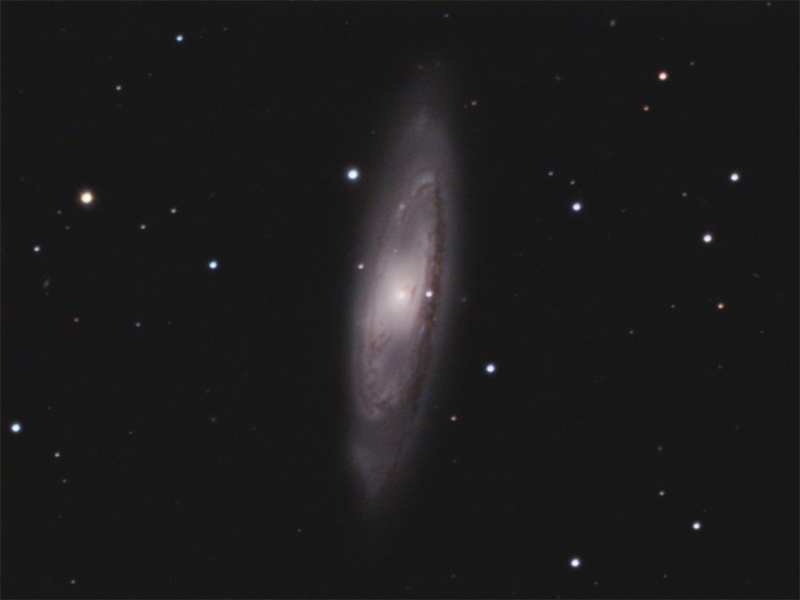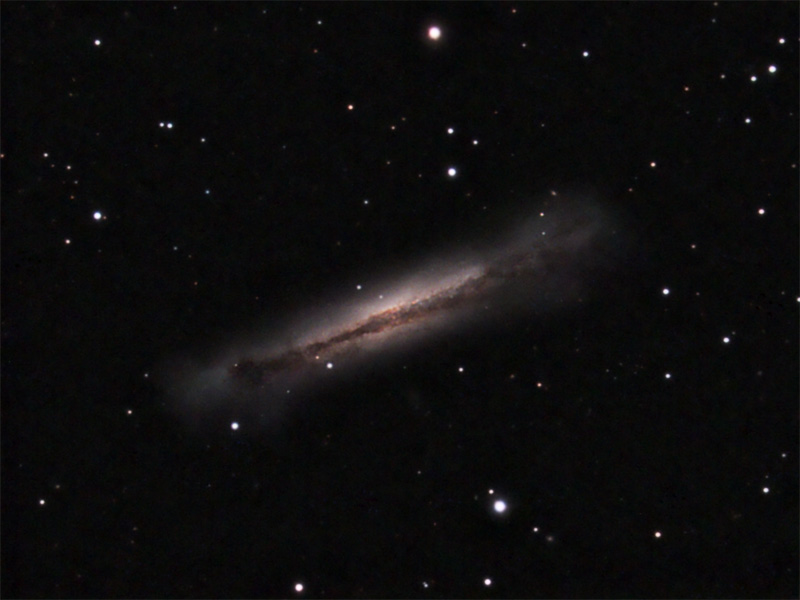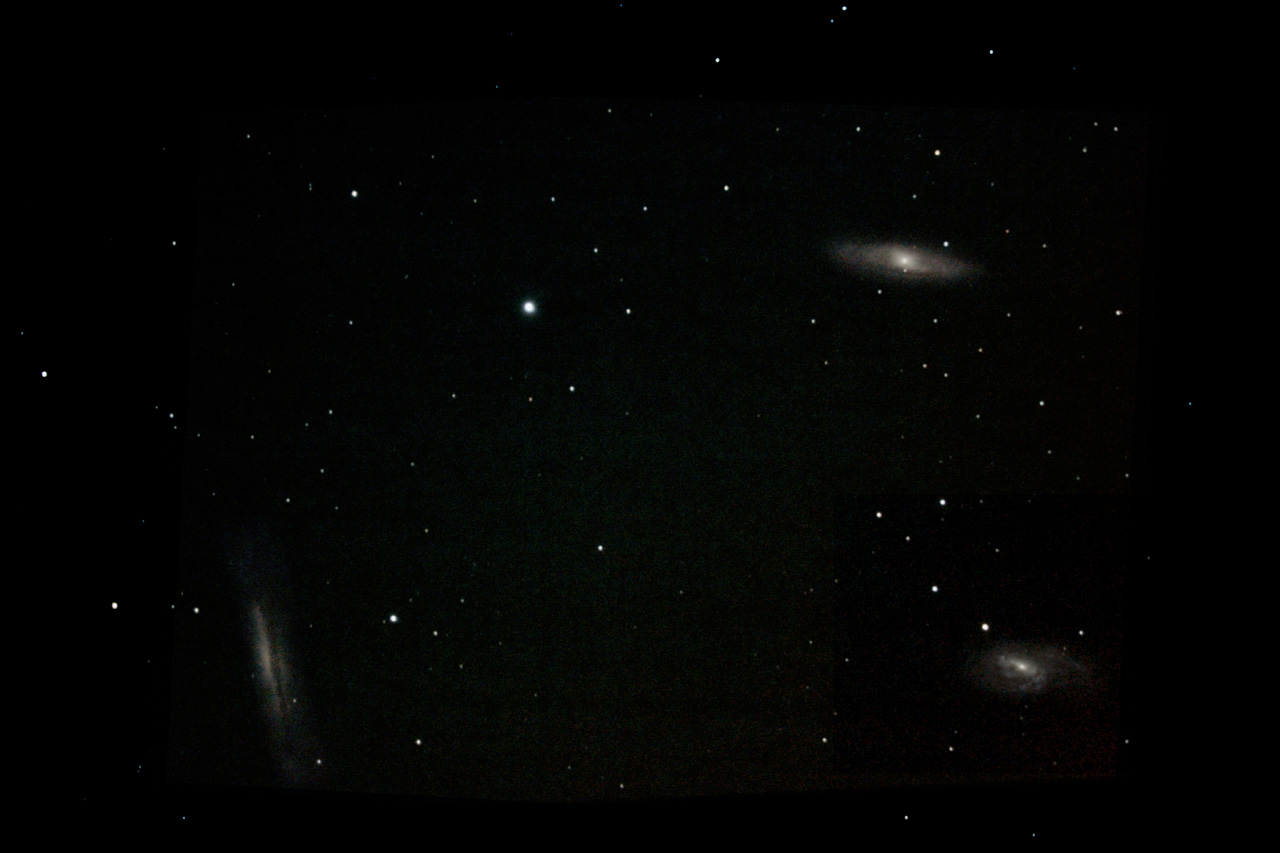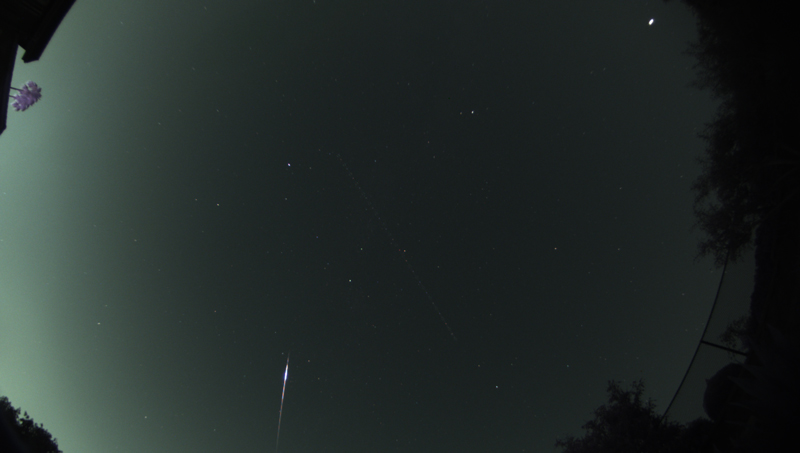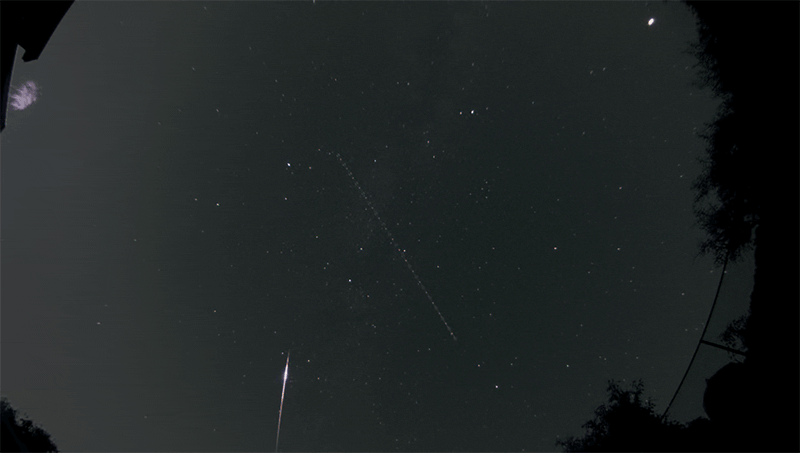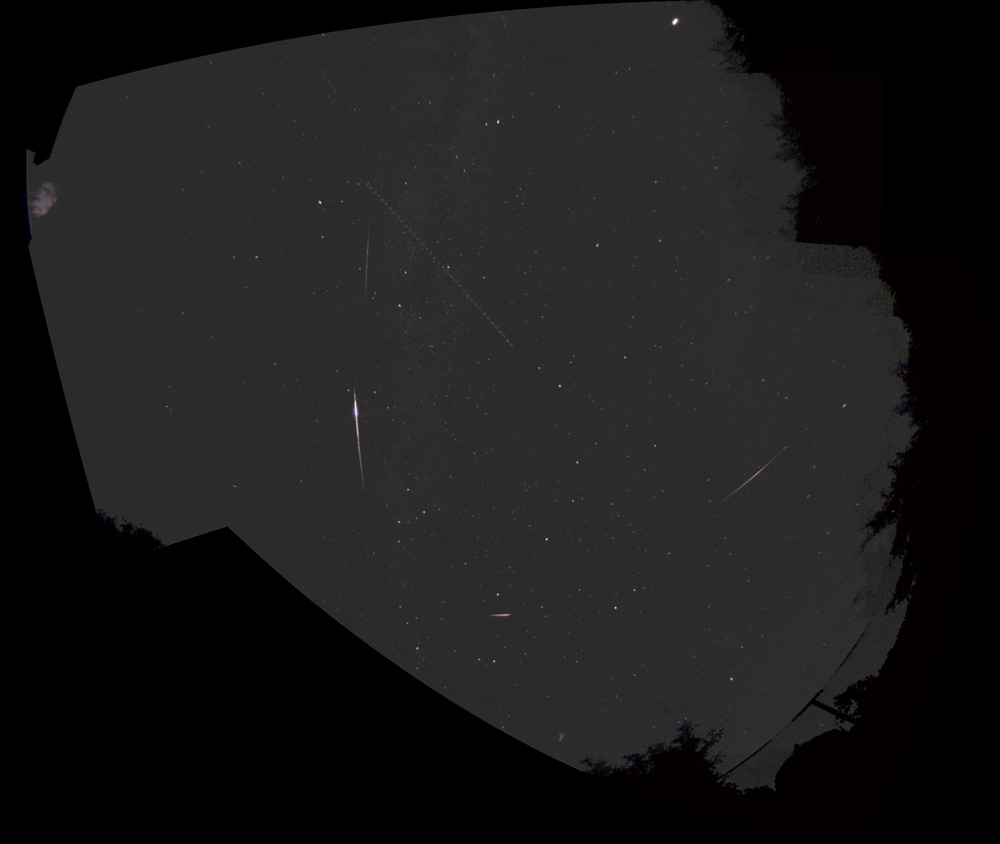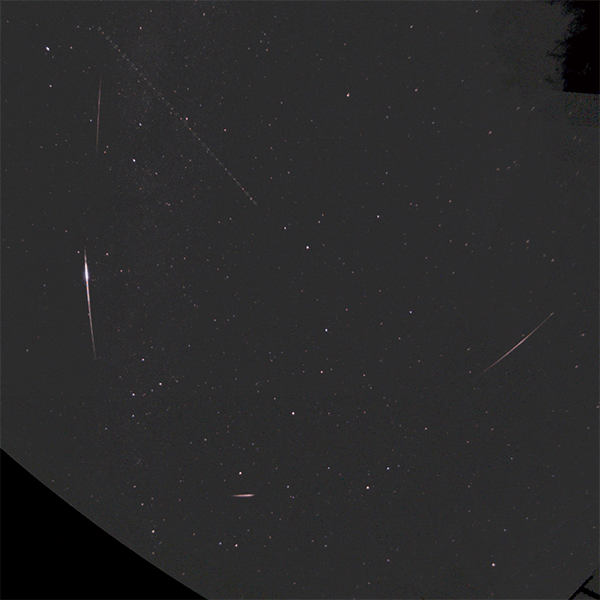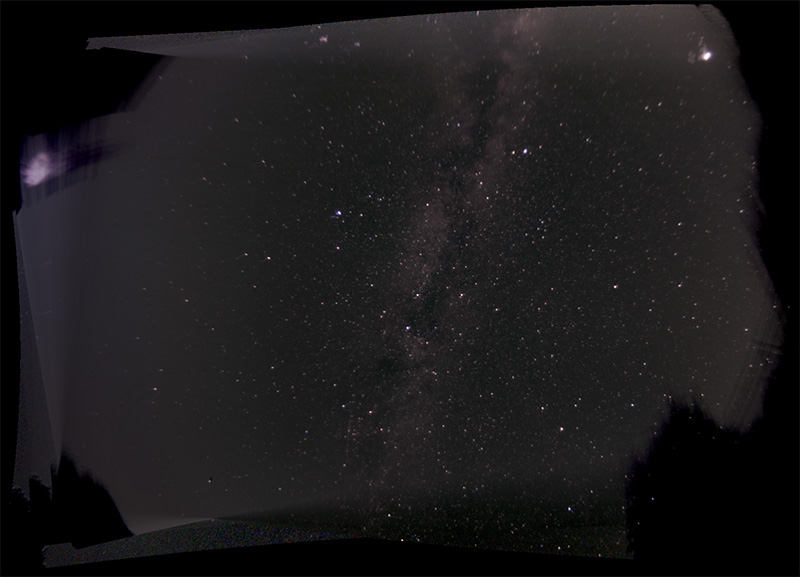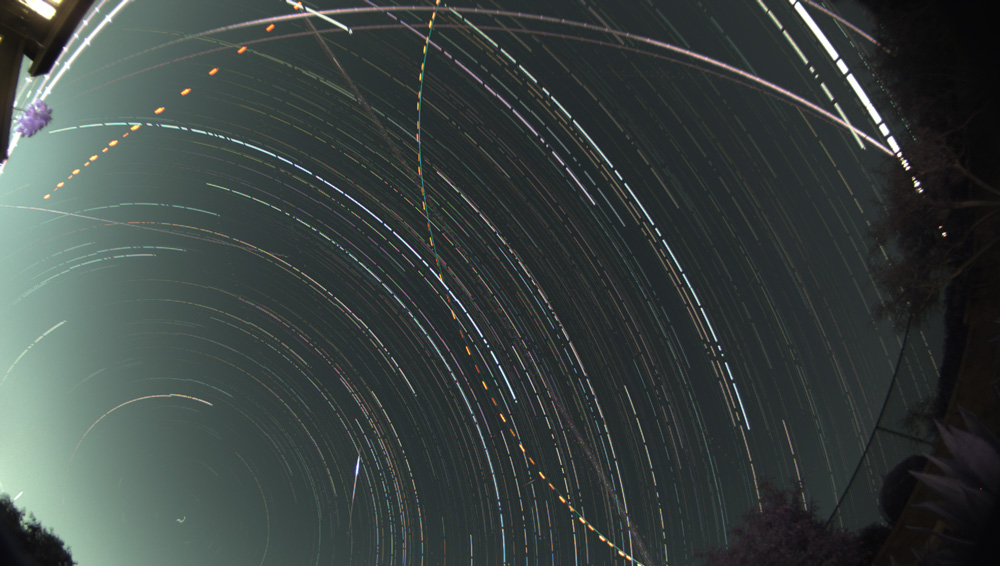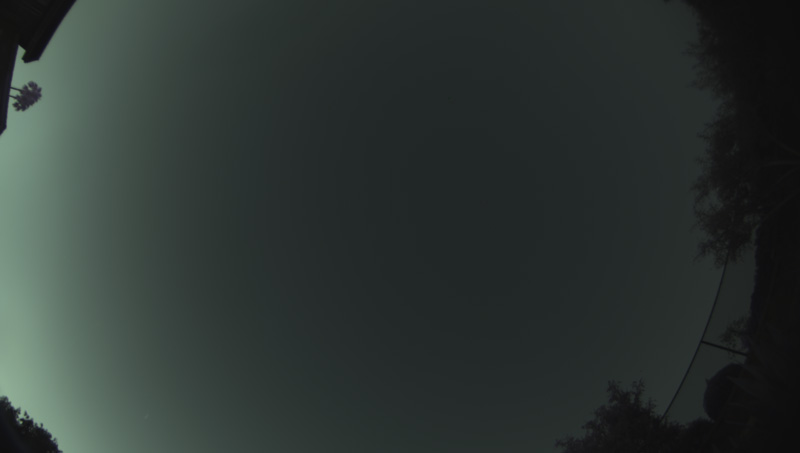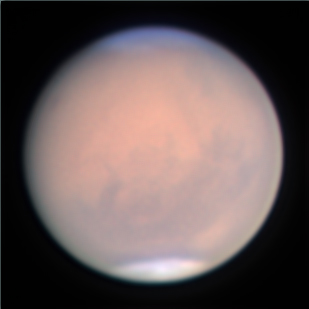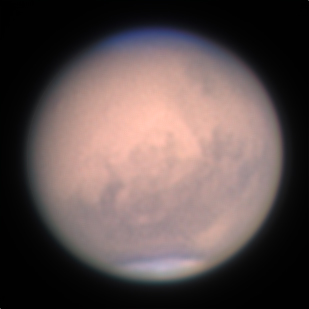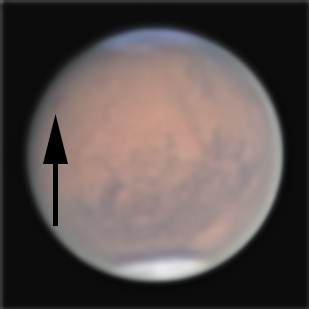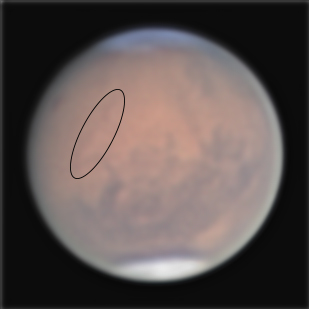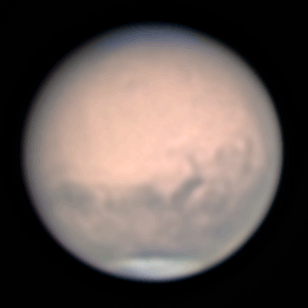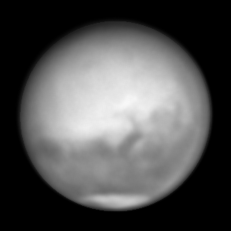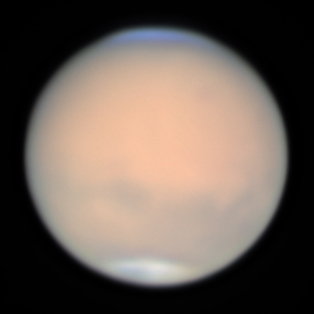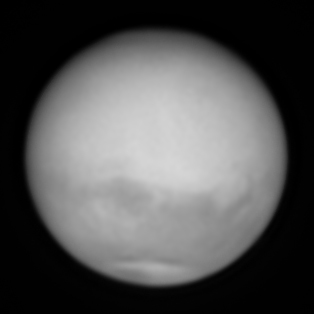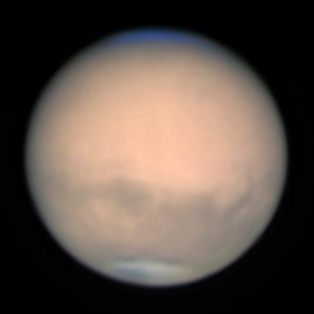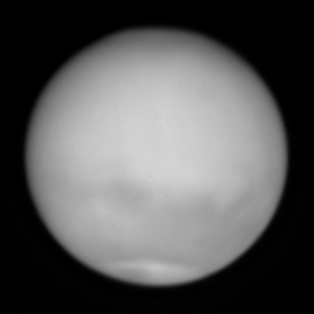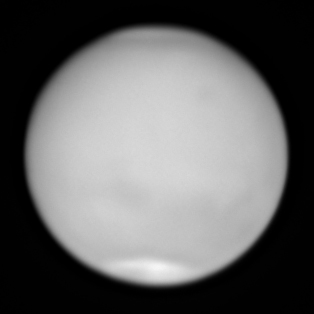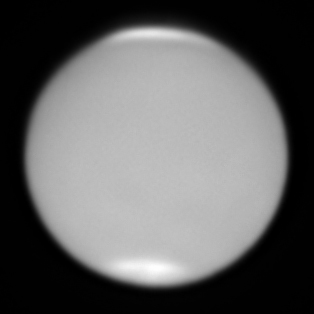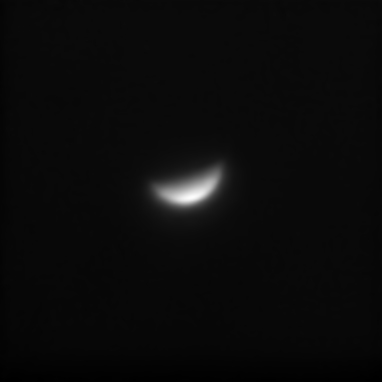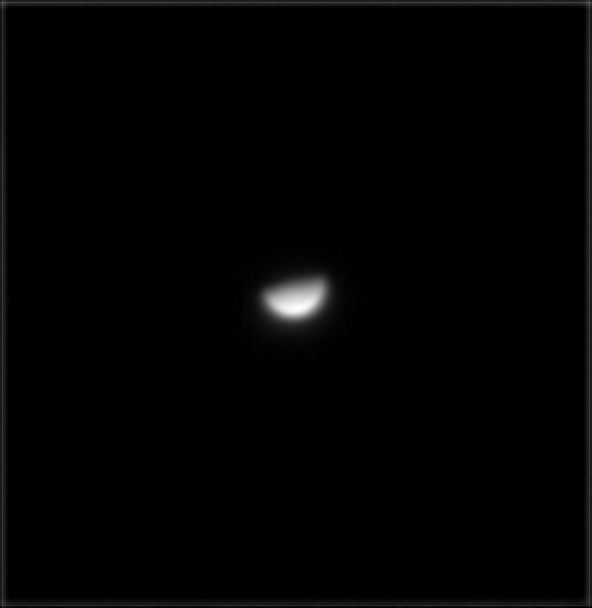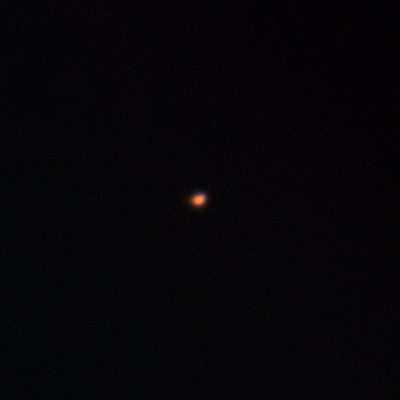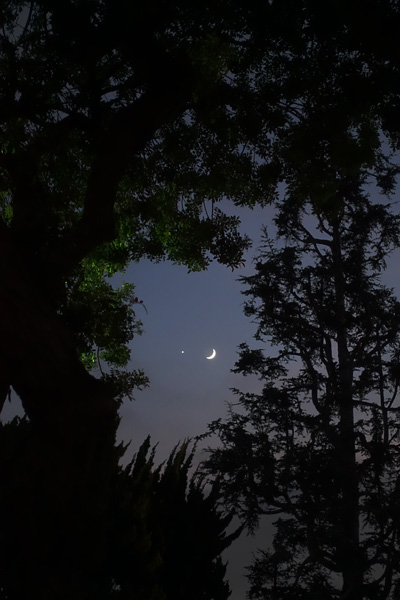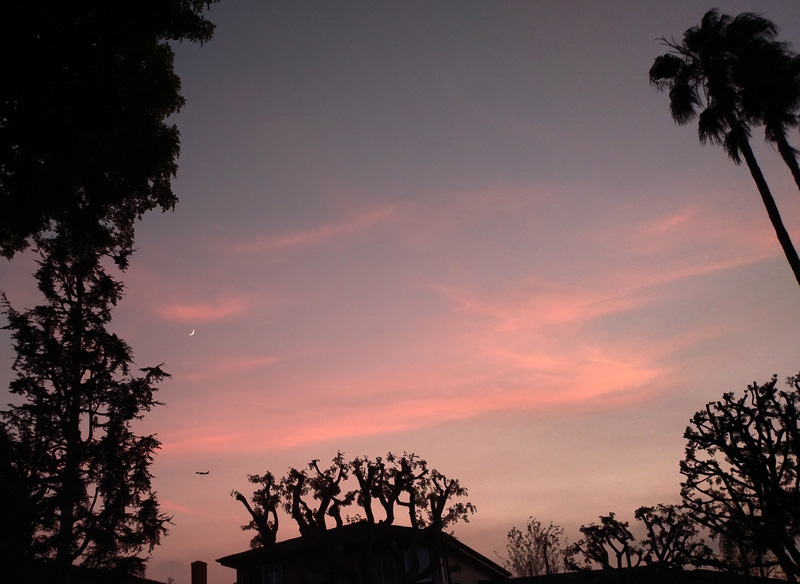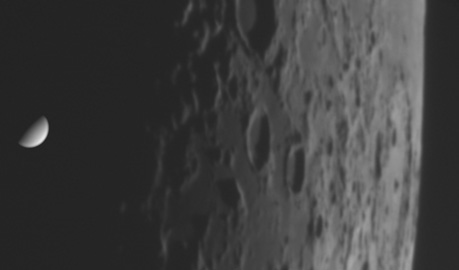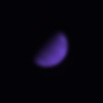Had a run of the best seeing I've ever experienced in my location during the unusually warm humid weather of June and early July this year. Here are a bunch of Jupiter images and some comments on imaging techniques during the session.
C8 2x barlowed with mono camera. though shot on a different night, it suggest a dramatic improvement imaging with the barlow compared to a recent image without the barlow (prior post):
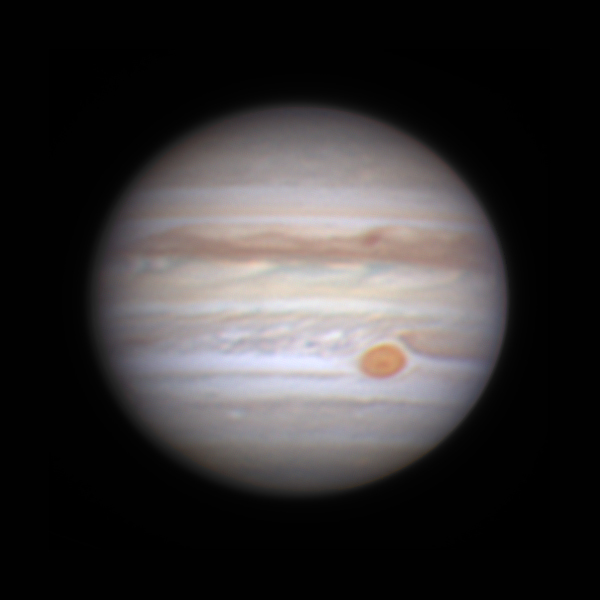 |
| 6/11/18 04:25 UTC |
C 11 first light, poor collimation (compounded by fogging of filters i think) left large offset halos requiring much work in photoshop for removal
wound up getting fogged out so not all color was captured, but was clearly able to demonstrate better detail in 2x barlowed images compared to 1x upsampled.
2x barlow gave greater than 2x magnification:
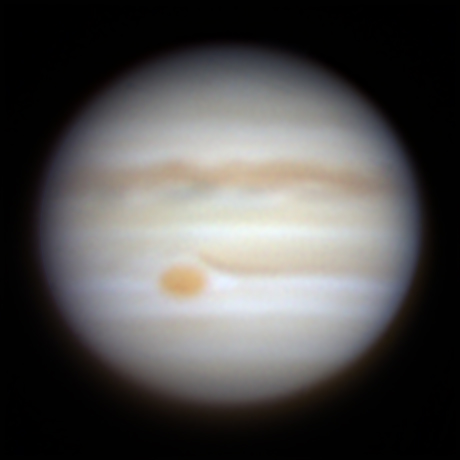 |
6/25/18 04:47 UTC upsampled 2x
do not click for full size |
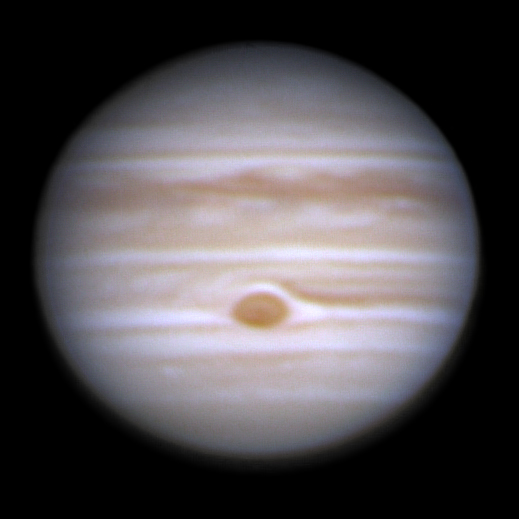 |
6/25/18 04:47 UTC 2x barlow
do not click for full size |
collimated C 11 getting better:
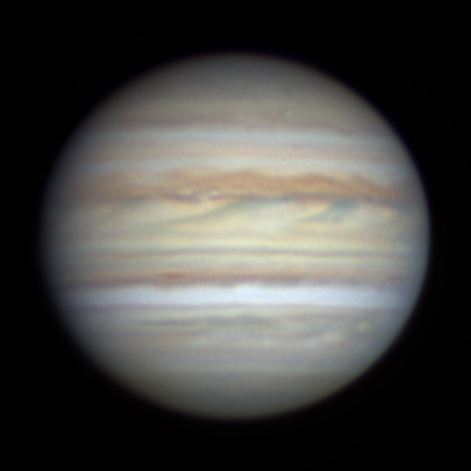 |
6/26/18 04:46 UTC
click for full size |
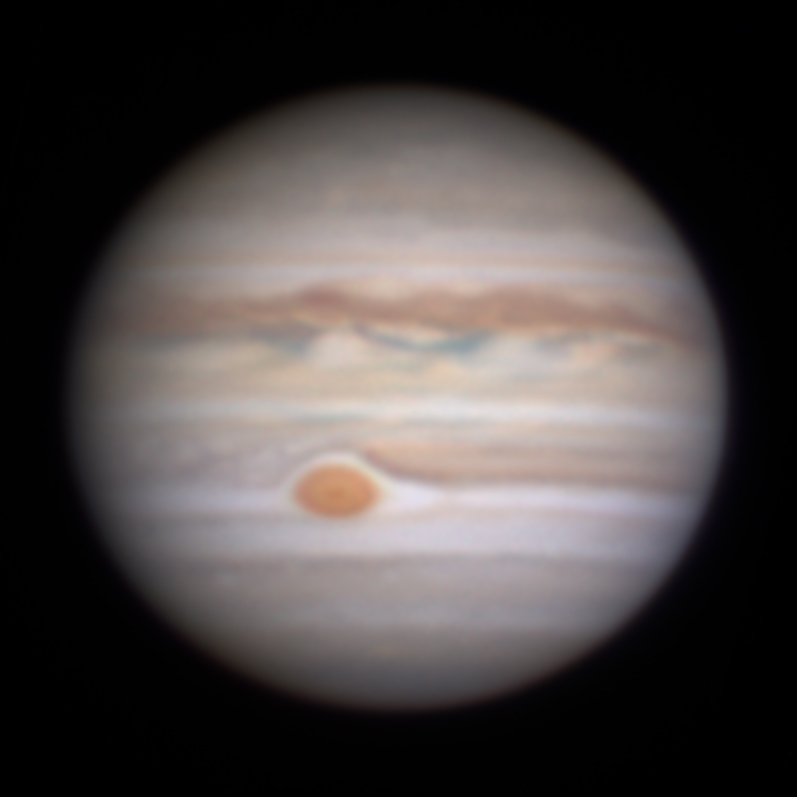 |
6/27/18 06:32 UTC
click for full size |
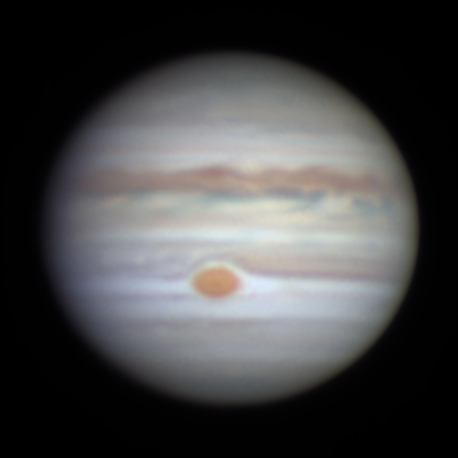 |
7/2/18 05:53 UTC
click for full size |
um, the seeing was very good on 7/2-3:
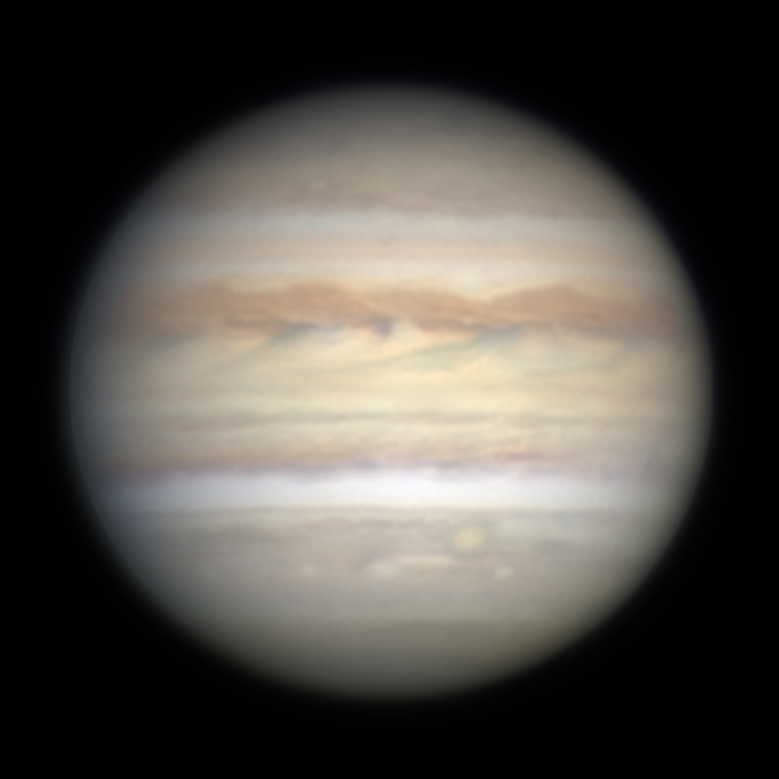 |
| 7/3/18 04:32 UTC |
seeing party over 😞 (still as good as captures from last year):
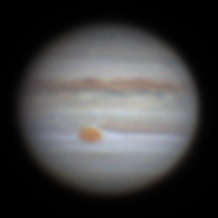 |
| 7/4/18 07:19 UTC |
seeing encore:
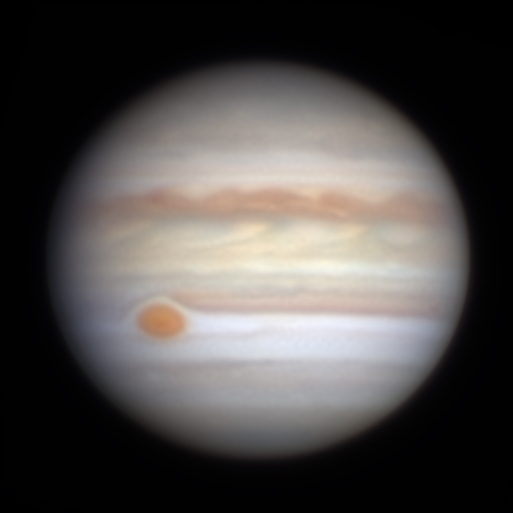 |
| 7/14/18 05:08 UTCclick for full size |
On the new scope:
celestron edge HD 11
11" aperture, FL 280 mm (f/10)
3.75 inch central obstruction (34%)
28 lb
tempest equilibration fans installed
why not the meade 12?
also a good scope, better focuser, bigger aperture, though 13 lbs. heavier.
It didn't play well with my persnickety ASA mount. in particular cool down requires opening up the back and/or placing a cat cooler in the scope, leading to weight imbalance causing the motors to let go, or requiring the use of a hex wrench to lock the mount in place...in a recessed socket under the scope...in the dark.
imaging conclusions:
1. it's 90% seeing (second best image was barlowed c8)
2. barlow makes a noticeable difference in many different circumstances despite increasing exposure length and decreasing fps
3. venting tube currents seems necessary for the large SCT's.
4. mono noticeable improvement over color
5. stacking up to 18 minutes smoother than 9
6. preliminary stack/rejection and centering batch mode in PIPP speeds up processing and seemed to center slightly better than direct to autostakkert, improving winJupos work flow (thanks sam)
7. wide field with moons very helpful for size/rotation determination, even for jupiter in winjupos
8. sharpening before or after winjupos combine made no difference given the same alignment
issues: still getting some variability in size/placement in winjupos
refocusing between filters seemed to help. check with bahtinov mask
Imaging details:
camera ZWO ASI 290MM with ZWO RGB filters
6/11/18
celestron nexstar 8 GPS (8" SCT on a wedge)
televue 2x barlow
~70 sec captures, 2 each filter
gain 351, exposure ~5-9.4ms, 30% histogram, ~90 fps
drizzle 1.5x
6/25/18
celestron 11" Edge HD
60 second captures 2 each filter with and without televue 2x barlow
gain 351, exposure ~0.6-1ms, 30% histogram, ~200 fps
barlowed 3-5ms ~147 fps
fogged out, poor collimation
barlowed vs resample 2x
6/26/18
celestron 11" Edge HD
60 second captures 2 each filter
gain 351, exposure ~0.6-1ms, 30% histogram, ~287 fps
resample 2x
6/27/18
celestron 11" Edge HD
televue 2x barlow
90 second captures 2 each filter
gain 351, exposure ~3-6ms, 30% histogram, ~150 fps
drizzle 1.5x
7/2/18
celestron 11" Edge HD
televue 2x barlow
90 second captures 2 each filter
gain 351, exposure ~3-6ms, 30% histogram, ~150 fps
resample 2x
7/3/18
celestron 11" Edge HD
televue 2x barlow
90 second captures 3 each filter
gain 351, exposure ~3-5.7ms, 30% histogram, ~130 fps
drizzle 1.5x
7/4/18
celestron 11" Edge HD
90 second captures 2 each filter
gain 351, exposure ~.5-1.8ms, 30% histogram, ~200 fps
drizzle 3x, then reduced to 1x :(
7/14/18
celestron 11" Edge HD
televue 2x barlow
90 second captures 4 each filter (18 min)
gain 361, exposure ~3-5 ms, 30% histogram, ~150 fps
Eastbluff
Southern California
